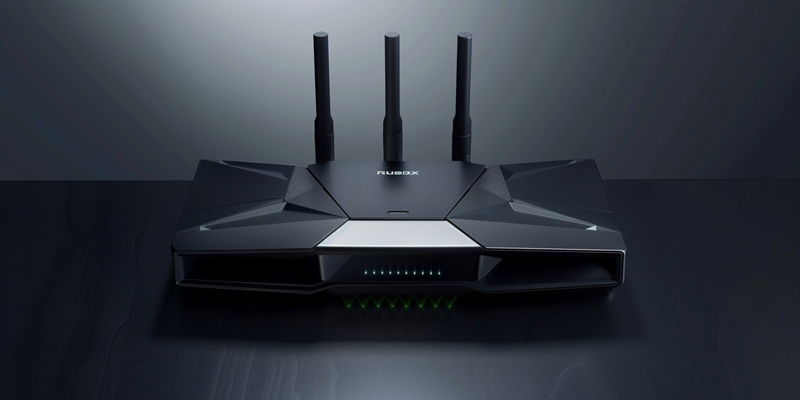In the waning days of October 2023, a cyber storm swept across the United States, leaving over 600,000 routers inoperable and countless individuals disconnected. An intricate cyber attack, given the ominous moniker Pumpkin Eclipse, wreaked havoc on internet connectivity, mainly affecting small office/home office (SOHO) users. This digital onslaught did not discriminate among its targets; it rendered an entire fleet of specific router models – the ActionTec T3200, ActionTec T3260, and Sagemcom – completely useless, a condition colloquially known as “bricked.” Unable to recover, these devices ultimately required hardware replacements, creating not only significant frustration for users but also a hefty financial burden for the internet service provider (ISP) involved.
As investigators delved into the chaos, they unveiled the culprit—a commodity remote access trojan (RAT) named Chalubo. Not new to the scene, Chalubo was first documented in 2018 for its adaptability to diverse SOHO/IoT platforms and its notorious capability for facilitating Distributed Denial of Service (DDoS) attacks.
Unraveling the Cyber Assault
The Entry Point and Chalubo’s Deployment
The incursion of Pumpkin Eclipse is theorized to have exploited some of the most fundamental security lapses: weak passwords or an unprotected administrative interface. Once the attackers breached the router’s defenses, they deployed a loader to establish the Chalubo trojan within the system. What sets this attack apart is its ferocious focus on one particular Autonomous System Number (ASN), deviating from the usual tactic of targeting widespread vulnerabilities or a broad array of devices. This specificity indicates a possible deliberate intention behind the attack, suggesting it could be more than just a random act of cyber vandalism.
Implications and Speculations
The aftermath of Pumpkin Eclipse has sent shockwaves throughout the tech community. Its scale and targeted nature have drawn uncomfortable parallels with the cyber strategies typically preceding active military conflicts. This leads to unsettling speculations about the true motivations for zeroing in on one ISP and the broader implications for the vulnerability of internet-connected devices. In the ensuing discourse, end-users and experts alike are reminded of the importance of stringent security practices, such as maintaining robust credentials. The incident serves as a stark reminder that vigilance over device security settings is not just a recommendation but a necessity.
Moving Forward from the Eclipse
Industry Reactions and Measures
In the wake of the attack, the tech industry is grappling with new challenges in comprehending and thwarting potential future cyber threats of similar magnitude. The Pumpkin Eclipse serves as a compelling case study, underscoring the pressing need for stronger cybersecurity measures. Responding to such events no longer hinges on reactive strategies but necessitates proactive and sophisticated solutions.

